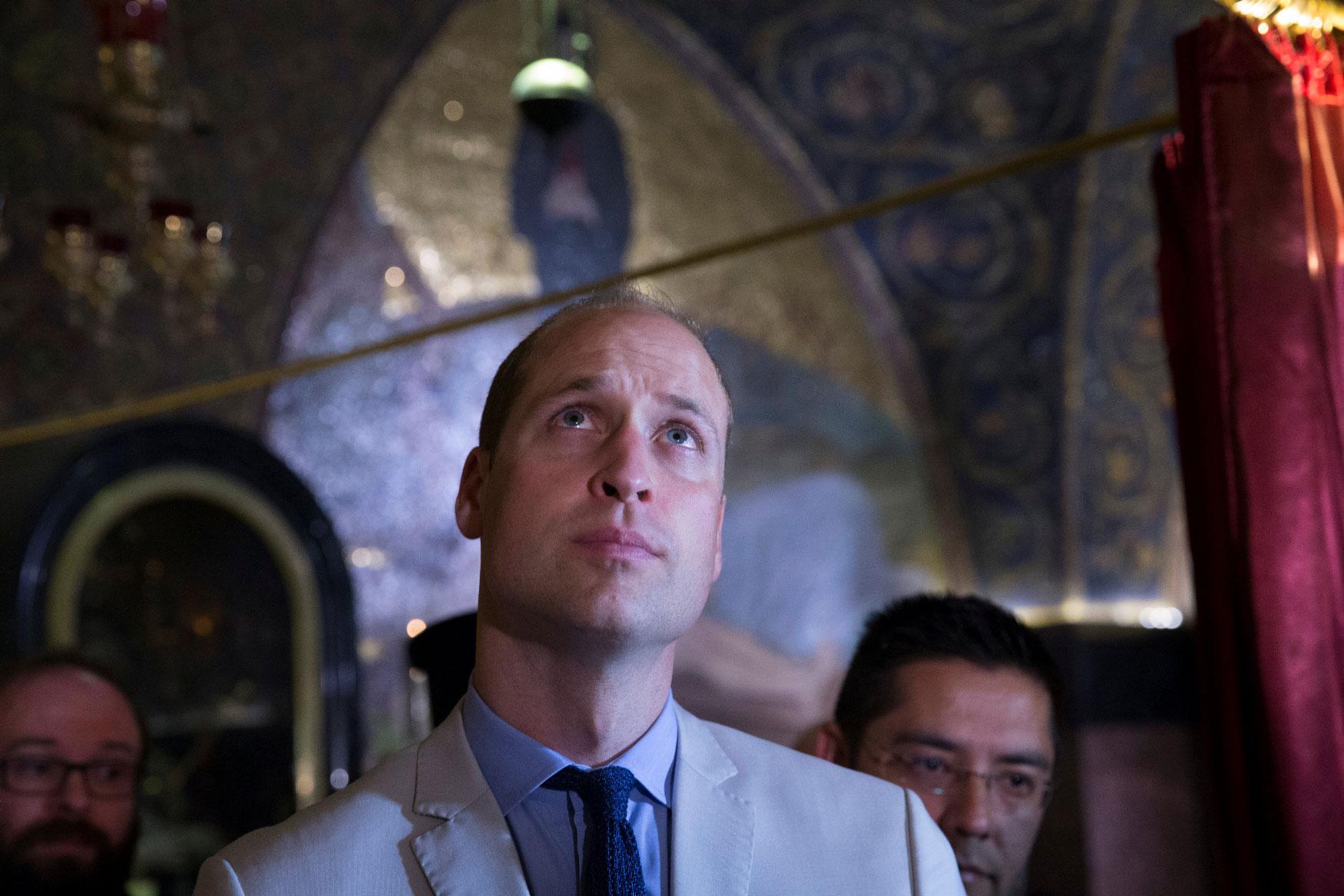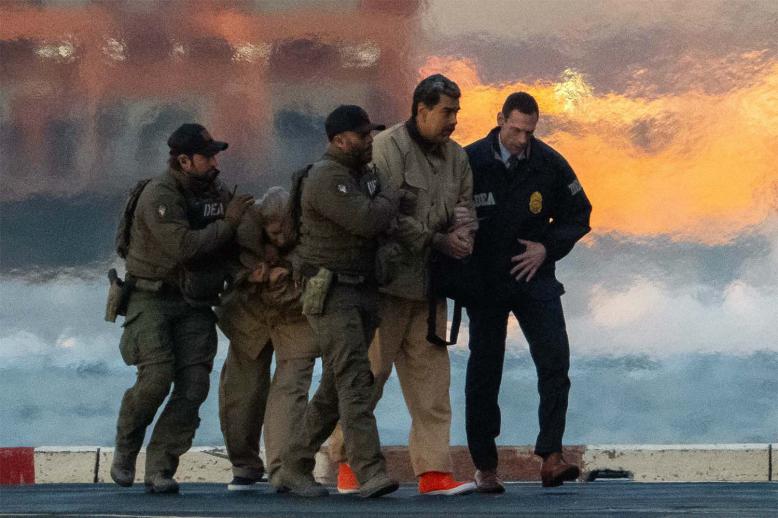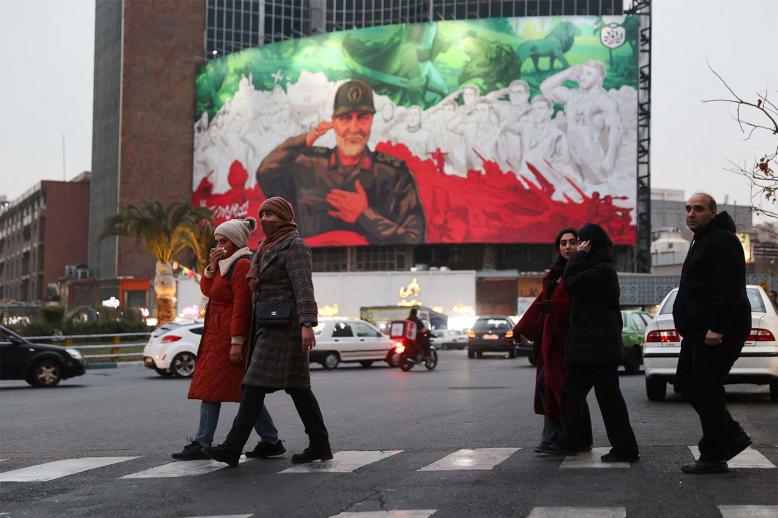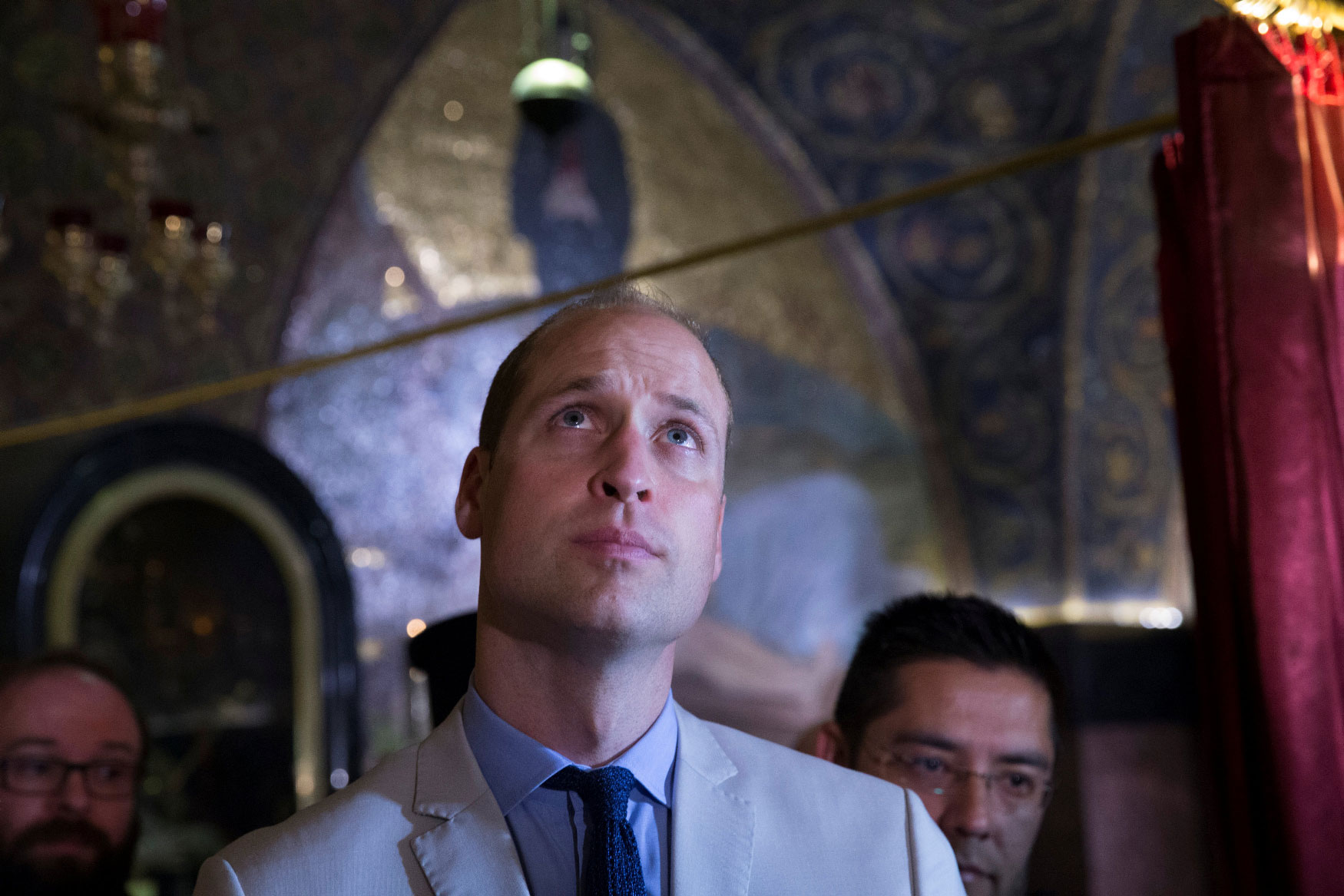British choreography should have risen beyond the symbolic gesture
When Prince William became the first member of the British royal family to officially visit the Palestinian Territories, some said it was fine so far as it went, but the gesture came seven decades too late.
It was a reference to Britain’s perceived irrelevance in the Palestinian-Israeli conflict, 71 years after the British Mandate in Palestine simply abandoned Jews and Arabs to their own devices. Israeli philosophy professor Avishai Margalit once wrote about the shocking way in which the British garrison in his childhood neighbourhood in Jerusalem simply melted away: “On May 15, 1948, the British soldiers evacuated their barracks and went home. Jews and Arabs in Palestine were left to their own devices — the devices of a bitter war.”
In the years since no one from the British government accepted enough responsibility (or was brave enough perhaps?) to try and fix things. Anshel Pfeffer correctly analysed the neglect as follows in Haaretz, in the context of Prince William’s sudden appearance in the region: “We are not allowed to know where the queen and her princes actually would like to travel. They have no opinions, no politics, no real power over their lives. For 70 years, the British government and its senior civil servants believed that a royal visit to Israel would harm the United Kingdom’s interests in the Middle East, and should not take place before Israel is at peace with its neighbours. Now they think a prince’s arrival will somehow enhance the relationship and Britain’s standing.”
That is true for the princely visit to Tel Aviv and Jerusalem, just as much as his meet-and-greets in Ramallah.
For all that it was so long ago, there is a need to re-tell, over and over, the story of the decisive and terrible role played by European powers in the Middle East after World War I.
After the British and French emerged as the Allied victors in the war, they quickly divided up the region. The British got the Iraq mandate and the French took Syria.
British Arabist Diana Darke’s book, “The Merchant of Syria: A History of Survival,” points out over and over that history casts a deep and long shadow on the region.
Mandates were supposed to be a provisional arrangement of unspecified length, initially expected to last a mere three years. But the French mandate lasted 26 years in Syria; 23 in Lebanon. And the British rule over Palestine lasted roughly 30 years.
Much changed in the age of the European Mandates. For one, as Darke points out with respect to Syria, and which affected Palestine too, “France was willing to sacrifice Syria’s territorial integrity for the sake of its own larger international interests.”
So, France created Lebanon, gave the Alexandretta province to Turkey in 1939 in return for Turkish neutrality in WWII.
Thus, the area long known as “Natural Syria” (300,000 sq km that encompassed what is now modern Syria, Lebanon, Jordan, Palestine, Israel and even parts of south-east Turkey) was amputated by more than half. About 185,000 sq km – Lebanon, Jordan, Palestine, Israel and parts of south-east Turkey – was either forcibly trimmed off, or cannily bartered away by the European powers.
This happened in contravention of US attempts to steer western decision-making more in line with the views of the locals in “Natural Syria.” After WWI, an Inter-Allied Commission had been sent by US President Woodrow Wilson to the region. It found that the population rejected the French mandate and the Balfour Declaration and that it wanted a unified Greater Syria with Palestine incorporated. But the results of the Commission, which were not published until 1922, were rejected by France and ignored by Britain.
It’s hard for any one person to right the wrongs of history and Prince William can hardly be held individually responsible for all that happened long years ago. But as a representative of one of the governments that profited politically from the pain of millions of Arabs, the choreography should have aimed higher – it should have risen beyond the mere symbolic gesture.







